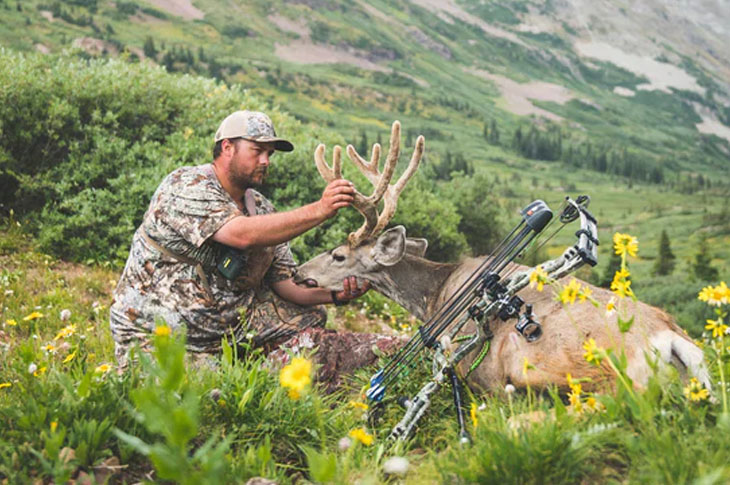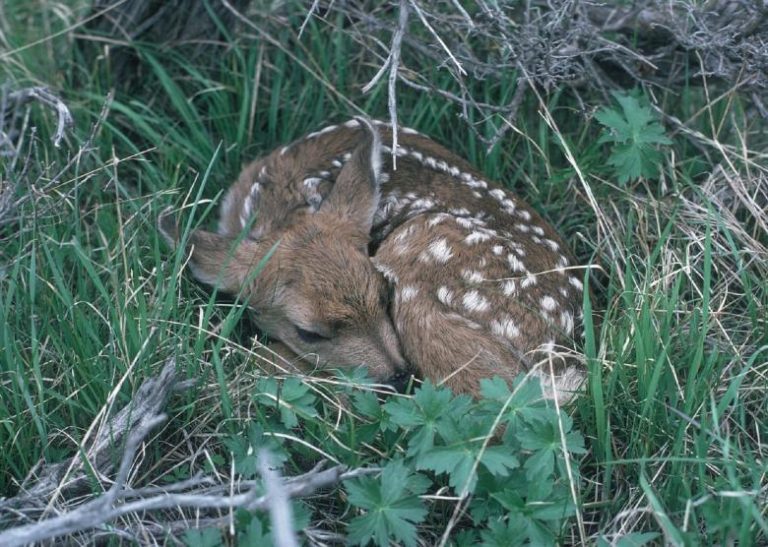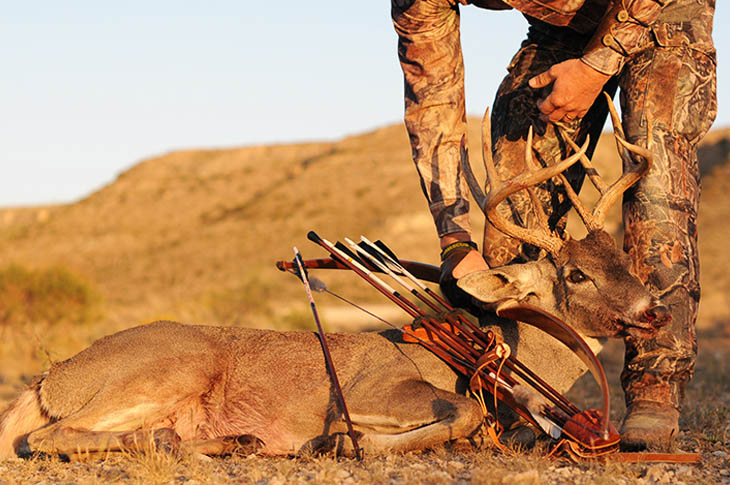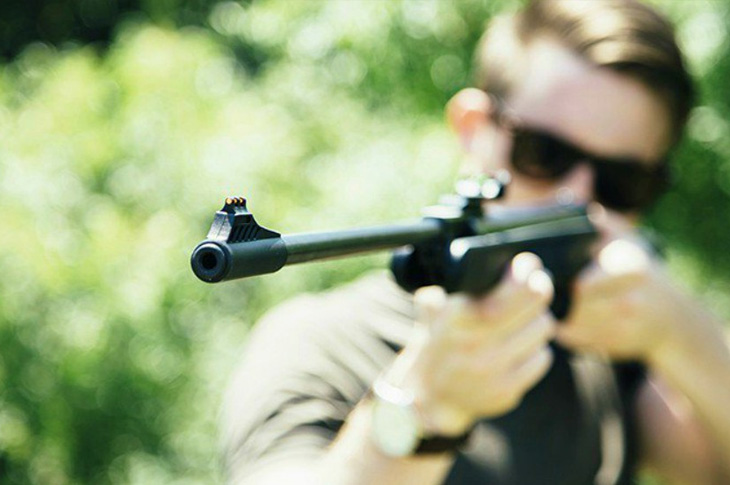Many outdoor enthusiasts find deer hunting to be a thrilling experience. Safety should always be your priority, whether you’re a seasoned hunter or just starting. In addition to keeping you safe, knowing and implementing basic safety procedures encourages lawful and ethical hunting. Hunting safety advice will be useful whether you’re a seasoned veteran, an enthusiast, a novice, or someone who wants to enjoy the outdoors safely. When a firearm is used in any activity, there is a chance that an accident might happen if it is not handled carefully.
It would be best if you learned how to hunt safely. Skills and mindset related to hunting safety should continually improve for a hunter’s lifetime. We will review several useful strategies for protecting yourself when hunting deer. Here are some safety recommendations for deer hunting that you should keep in mind:
Make a Weather Plan
Hunters are susceptible to hypothermia in cold, rainy weather and highs around 50 F. Avoid cotton fabrics that retain moisture; always wear warm layers below them. Before leaving, check the weather forecast to ensure no additional bad weather will catch you off guard. Inform someone of your intentions. Only go on a hunting excursion if you inform a friend or family of your location and expected return time.
Be Careful and Visible
Wearing blazing orange can help reduce your chances of being mistaken for hunting deer during the hunting season, even though hunting is one of the safest outdoor activities. Watch a 5-minute video on the effectiveness of Blaze Orange if you need clarification on the ideal orange hue and dosage. Some hunters may be concerned that wearing oranges may reduce their opportunity to bag an animal.
Deer cannot distinguish red and orange from green and brown, even though they are not colorblind. Blaze orange clothing won’t make a difference to deer but may save your life.
Aim the Muzzle in a Secure Direction at All Times
Always aim the muzzle in a secure direction rather than letting it rest on your foot. The first thing you should do when picking up a gun is to position the muzzle in a secure direction and determine whether it is loaded. Until you’re ready to fire, ensure the chamber and magazine are empty, and the action is open. Before handling new guns or bows, thoroughly read the instruction handbook. Only fire your hunting weapon once you know the target is a real deer. Keep your finger off the trigger until you are prepared to fire.
Choose a Target and Observe Its Surroundings

Never use your scope to identify game animals correctly; use binoculars instead. Verify that your objective is not in front of or beyond any hunters or dogs. Never shoot an animal perched atop a hill because you never know what is on the other side. To assess the likelihood of striking an unwanted target, be aware of the maximum distance your arrows or bullets may go.
Put on Safety Gear
While mule deer hunting, a hunter’s eyes and hearing are susceptible to various possible dangers. Thus, it’s crucial to safeguard them. Guns can make loud noises that can damage hearing. Additionally, the rifle’s discharge includes tiny pieces of the bullet, scorching gas, and other material that might harm your eyes. Always put on earplugs and safety glasses.
Avoid Touching the Trigger Guard Until You’re Ready to Shoot
If you trip while carrying a pistol in one hand and nothing else, the action taken with the hand holding the gun will be automatically carried out. Your hand will tighten around the gun’s pistol grip and on the trigger if your finger is within the trigger guard, which may result in an unintentional discharge.
Carefully Handle Bows and Firearms

Never leave weapons unattended near children, empty guns, or unstrung bows when unused. Guns and hunting bows are not toys. Transport, store, and keep ammo and weapons separately under lock and key. Carry arrows in a quiver or protective cover.
Understand Your Safe Zone
Hunters should constantly be in sight of one another and be 25 to 40 yards apart. The safe zone of fire for a hunter often extends 45 degrees in front of them, but the hunting party should make the ultimate decision depending on the hunter’s skill level. A hunting group should include at most three people for safety reasons; for young or unskilled hunters, two are recommended.
Maintain Emotional Control When It Comes to Safety
You could act if you can’t manage your emotions. You are undoubtedly enthusiastic if you recently shot a target deer. You could flip your loaded pistol around, face your companions again, or dash with it while the gun safety is off toward a fallen animal. You or another person may be angry once you lose control of your emotions. Display restraint. Practice the safe course of action in your head. Do not let your fantasies take the place of sound judgment. Exercise caution and decline injections that have a remote risk of becoming dangerous.
Don’t Use Drugs or Drink Alcohol When Hunting

The risks of harm rise due to the physical and mental impairments caused by alcohol and drug use. These impairments also influence eyesight, reflexes, judgment, and emotion. These drugs have an emotional impact and make it simpler to spiral out of control.
Use a Tree Stand
Always use a full-body safety harness when going up or down the tree stands; wait to take it off until you are securely down from the stand. Make sure your tree stand is placed correctly and use it.
Recognize New Alerts or Safety Concerns
You should respect something if it is dangerous because it isn’t mentioned in this list. Rules in sports like muzzleloading, archery, or those posted at shooting ranges must also be obeyed. Practice safe reloading by carefully reading and adhering to all written directions.
Follow all the rules for safe shooting. Ensure the safety of the shooting sport, other people, and yourself. While we are pleased to welcome deer hunting season, we hope everyone will follow this safety advice to enjoy it without incident.
Take These Hunting Safety Measures
Wear the appropriate attire. Avoid wearing white, black, brown, earth tones, animal prints, and camouflage since these colors and patterns tend to blend into your surroundings. The ideal apparel is bright orange, red, or green, particularly for vests and caps.
Utter a Loud Noise
It involves speaking out to someone else or yourself, whistling, or singing, particularly if you hear gunfire nearby. When hunters recognize your presence, be considerate and reduce any excessive noise that can frighten off wildlife. Furthermore, keep pets safe. In areas where hunting is permitted, keep dogs on leashes, particularly if they like chasing deer. Prepare and steer clear of hunting grounds and times.
FAQs
[sc_fs_multi_faq headline-0=”h3″ question-0=”What are the top hunting hints and techniques?” answer-0=”Always aim your gun at the start of each season. For any moral seeker, this is a crucial step. Make sure to research the prey you are after. Successful hunting depends on understanding an animal’s habits and behaviors. Improve your scouting skills. Find some hunting companions. Be careful. ” image-0=”” headline-1=”h3″ question-1=”When is the ideal time to go deer hunting?” answer-1=”Deer are most active in the morning and evening, and many hunters believe these times are ideal for deer hunting. Deer mostly sleep during the day and move more at night, with a few exceptions. ” image-1=”” headline-2=”h3″ question-2=”What hues do deer find most pleasing?” answer-2=”Deer are practically colorblind to red and green, like some people. They can only see colors with short (blue) and intermediate (green) wavelengths. Deer can distinguish blue from red, apart from green or orange, but not from either. ” image-2=”” headline-3=”h3″ question-3=”What attire do hunters wear?” answer-3=”In states with surface area laws, hunters must wear the minimum square inches of permitted orange apparel above the waist, whether it is safety orange, hunting orange, or blazing orange. 100 to 500 square inches is often the minimum needed.” image-3=”” count=”4″ html=”true” css_class=””]
Conclusion
Autumn is a terrific time to go outside and enjoy the fresh air and exercise. Many people associate autumn with the deer hunting season. Everyone may enjoy hunting as a sport. However, we must take precautions to ensure no mishap spoils our outside time. Hunters should ensure they know their surroundings and keep these suggestions in mind.















